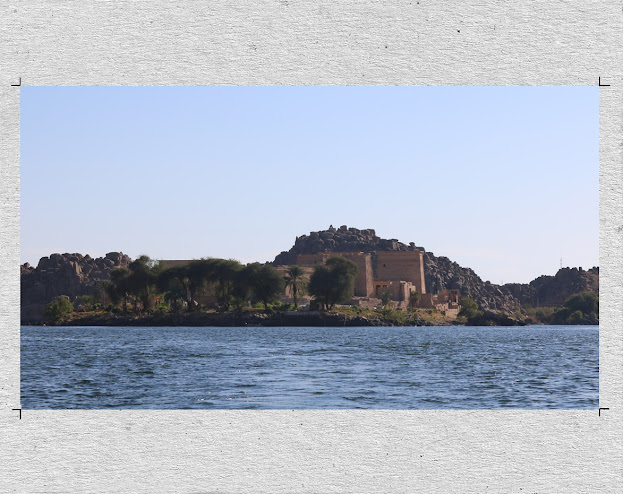El proyecto engloba en esencia esta idea: la obra no expresa lo real, sino que ofrece un modelo selectivo de ordenación de las sensaciones visuales.
Esto explica, que poseamos de manera natural la posibilidad de entrar en comunicación directa con las obras de arte creadas en civilizaciones alejadas de nosotros tanto, en el tiempo como en el espacio, y nos permita encontrar la significación precisa y a la vez fragmentaria de los valores fijados en su origen por creadores aislados, revelándonos mensajes intemporales.
Los hombres han sentido la necesidad de expresar a través de las épocas sus percepciones, sus visiones del mundo tanto interior como exterior, sus sensibilidades, y que estas a su vez sean comunicables.
La creación de la obra de arte es la culminación de una conducta esencialmente técnica. Pero esta última por sí sola no ha permitido jamás a un creador realizar una obra comunicable. El artista pertenece a la sociedad en la cual vive, aunque en el antiguo Egipto el concepto de artista no existiera. Aquellos que nosotros consideramos artistas eran para los egipcios simples artesanos que, cuanto más, merecían el calificativo de “hábil de dedos” o “hábil de manos”. Ellos fueron quienes, mediante la elección y la práctica de las técnicas (medios utilizados), del procedimiento e intuición, conferían a la obra, no sólo su calidad, sino también su existencia.
La obra de arte u objeto artístico descontextualizado es susceptible de cambiar de significación. El objetivo del proyecto no es comunicar a los otros la visión de un fragmento desprendido de un universo en sí existente e inmutable, solamente mostrarlo a través de ventanas o retículas básicas, permitiendo la construcción de relatos que identifiquen, expliquen y muestren hallazgos obtenidos en estas imágenes.
Según los criterios del proyecto, las retículas creadas bajo los ratios fotográficos 1 x 1, 2 x 3, 6 x 8 y 9 x 16 están a su vez relacionados con tipos de fotografías tales como los selfis (1x1), retratos (2x3), reportajes (6x8) y paisajes (9x16), creando una interrelación entre escalas numéricas y modelos fotográficos.
The project essentially encompasses this idea: the piece of art does not express reality, but offers a selective model for the arrangement of visual sensations.
This explains why we naturally possess the possibility of entering into direct communication with works of art created in civilizations far away from us, both in time and space, and allows us to find the precise and at the same time fragmentary significance of the values fixed in their origin by isolated creators, revealing timeless messages.
Men have felt the need to express through the ages their perceptions, their inner and outer visions of the world, their sensitivities, and to make these in turn communicable.
The creation of the work of art is the culmination of an essentially technical behavior. But the latter alone has never allowed a creator to create a communicable work. The artist belongs to the society in which he lives, although in ancient Egypt the concept of artist did not exist. Those whom we consider artists were for the Egyptians simple craftsmen who, at the most, deserved the qualification of "skillful of fingers" or "skillful of hands". They were the ones who, through the choice and practice of the techniques (means used), of the procedure and intuition, gave the work not only its quality, but also its existence.
The decontextualized work of art or artistic object is susceptible to change of meaning. The objective of the project is not to communicate to others the vision of a fragment detached from a universe in itself existing and immutable, only to show it through windows or basic grids, allowing the construction of stories that identify, explain and show findings obtained in these images.
According to the criteria of the project, the grids created under the photographic ratios 1 x 1, 2 x 3, 6 x 8 and 9 x 16 are in turn related to types of photographs such as selfies (1x1), portraits (2x3), reportage (6x8) and landscapes (9x16), creating an interrelation between numerical scales and photographic models.















